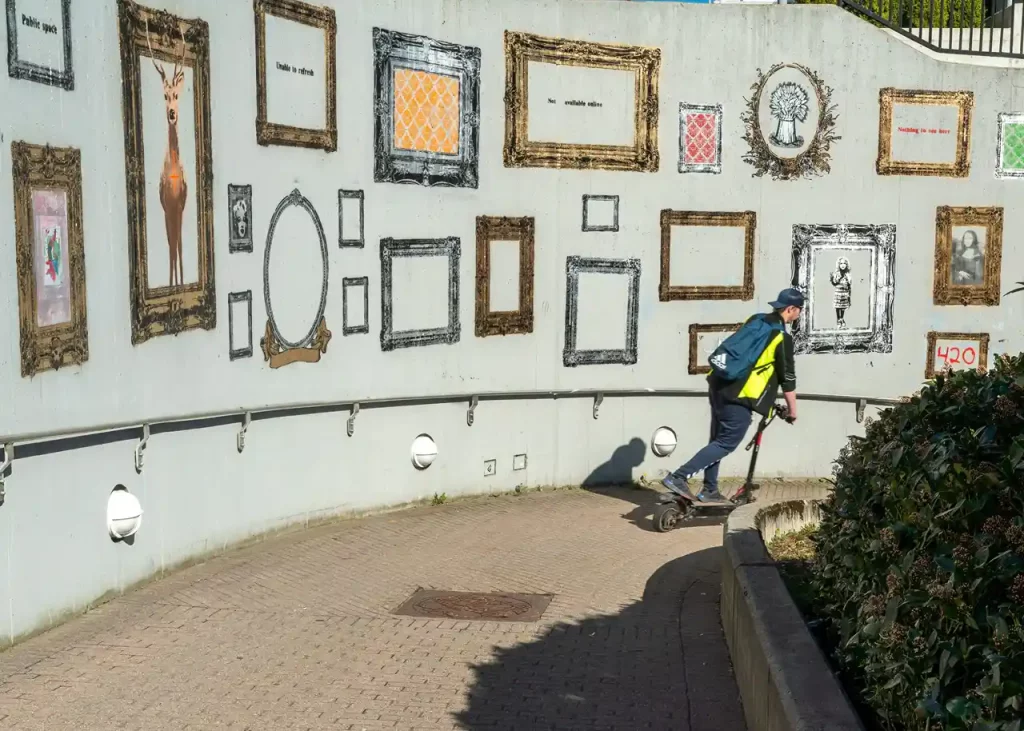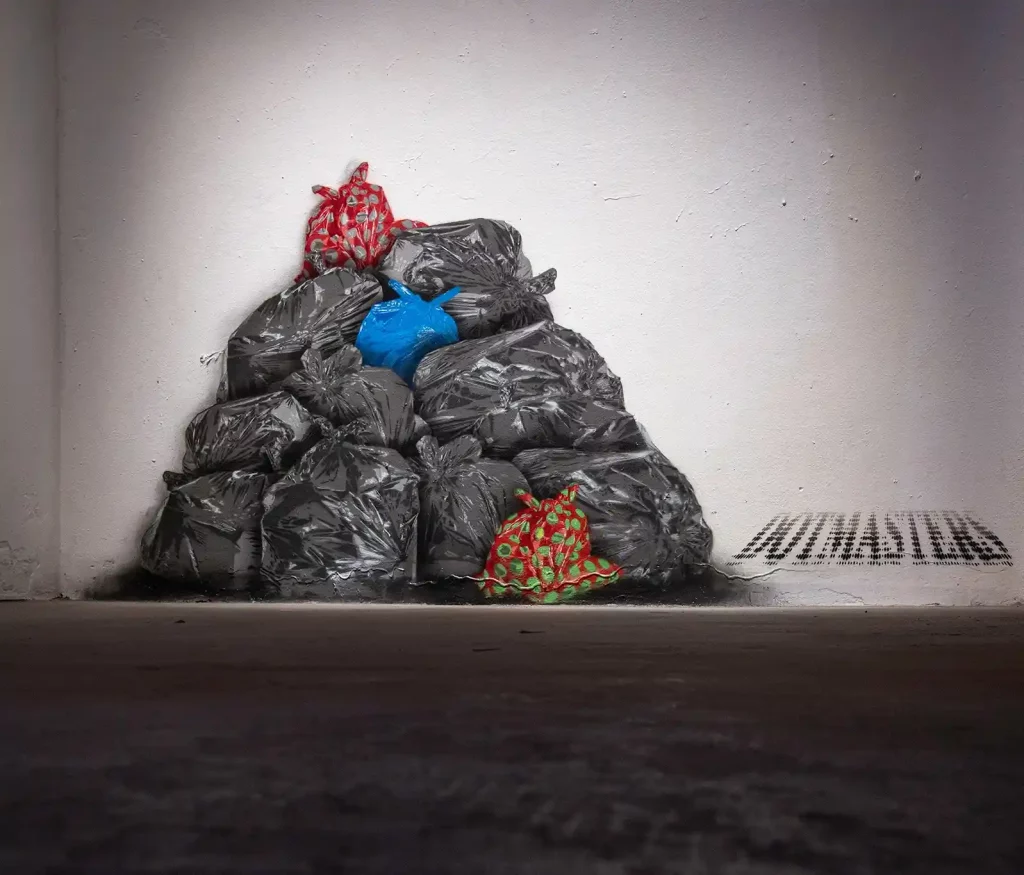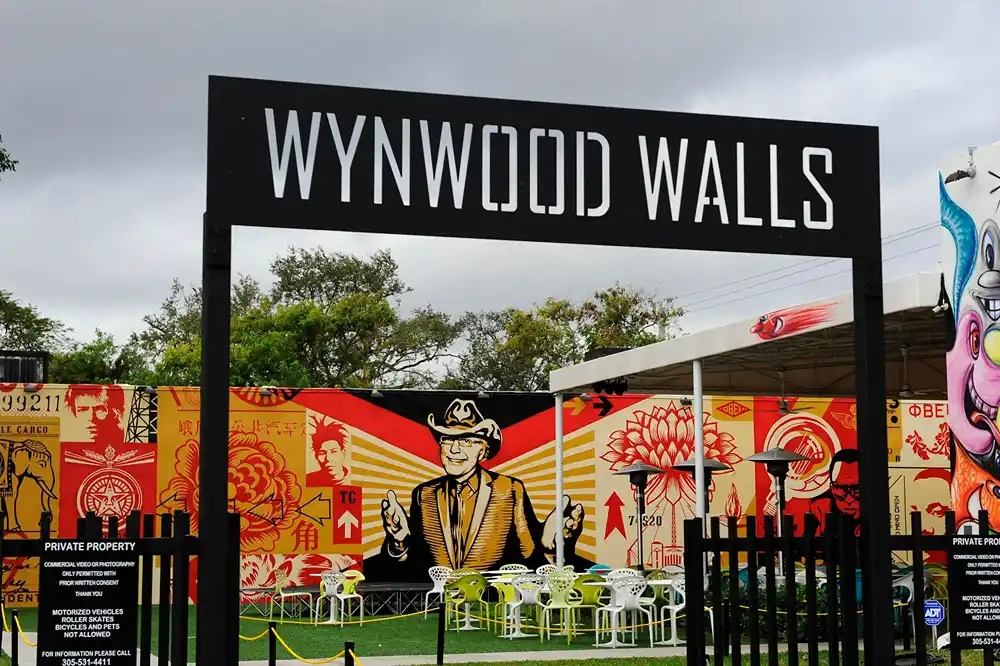In the vibrant tapestry of urban life, art has always held a special place. However, in recent years, a dynamic shift has occurred as urban art has evolved from being an underground movement to a celebrated centerpiece in our cities. Urban art-centric spaces have emerged as cultural epicenters where creativity flourishes, and communities are united. In this blog post, we will delve into the phenomenon of creating these exceptional spaces, exploring their significance, and highlighting some remarkable examples.

The Rise of Urban Art-Centric Spaces
Urban art, often associated with street art, was once relegated to the fringes of society, adorning alleyways and hidden corners. However, the tide has turned, and today, urban art holds a prominent position in our urban landscapes. This shift has given birth to urban art-centric spaces that serve as platforms for artistic expression and cultural engagement.
Why Urban Art-Centric Spaces Matter
- Fostering Creativity: These spaces provide artists with a canvas to express themselves freely. They nurture creativity, pushing artists to explore new techniques and ideas.
- Community Building: Urban art-centric spaces often host events, workshops, and exhibitions, bringing communities together. They foster a sense of belonging and pride among residents.
- Preserving Cultural Heritage: These spaces often feature artworks that reflect the local culture and history, acting as living archives of a city’s past and present.
- Tourism and Economic Growth: Cities with vibrant urban art scenes become tourist magnets. Visitors come not only to admire the art but also to patronize local businesses, boosting the economy.

Examples of Urban Art-Centric Spaces
- Wynwood Walls, Miami – Wynwood Walls is an iconic outdoor museum in Miami’s Wynwood Arts District. It features a rotating collection of murals by artists from around the world. This space has transformed the neighborhood into a must-visit cultural hub.
- The NuArt Festival is an annual Street Art festival traditionally held in September, in Stavanger, since 2001. The Nuart Festival is widely considered the world’s leading celebration of Street Art among its peers.
- Bristol, UK: Bristol is the hometown of street art legend Banksy and boasts a rich urban art scene. The city’s Stokes Croft area is particularly known for its vibrant street art, and the annual Upfest celebrates urban art with hundreds of artists.

- Lisbon’s LX Factory, Portugal: What was once an industrial site is now Lisbon’s LX Factory, a cultural and creative hub filled with street art, galleries, restaurants, and shops. It’s a thriving example of urban renewal through art.
- Hosier Lane, Melbourne: Located in the heart of Melbourne’s Central Business District, Hosier Lane is famous for its ever-changing street art. It’s a hub for both local and international artists and a testament to Melbourne’s creative spirit.
- Bushwick Collective, New York City: In the heart of Brooklyn, the Bushwick Collective has turned a neighborhood into an open-air gallery. The murals here range from abstract to hyper-realistic, offering a diverse artistic experience.
How to Create Urban Art-Centric Spaces
- Engage Local Artists: Collaborate with local artists to infuse the space with a sense of authenticity and a connection to the community.
- Promote Inclusivity: Ensure that the space is accessible and inclusive, welcoming artists and visitors from diverse backgrounds.

- Foster Education: Organize workshops, talks, and educational events to help the public understand and appreciate urban art.
- Maintenance and Preservation: Implement strategies to protect the art from vandalism and environmental damage to ensure its longevity.
- Community Involvement: Involve the local community in decision-making and planning to ensure the space reflects their values and aspirations.
Urban art-centric spaces are more than just places to view art; they are living, breathing cultural hubs that shape the identity of our cities. They celebrate the power of creativity to transform, unite, and inspire. As we look to the future, let’s continue to nurture these spaces where urban art takes center stage, enriching our lives and our cities.

Leave a Reply